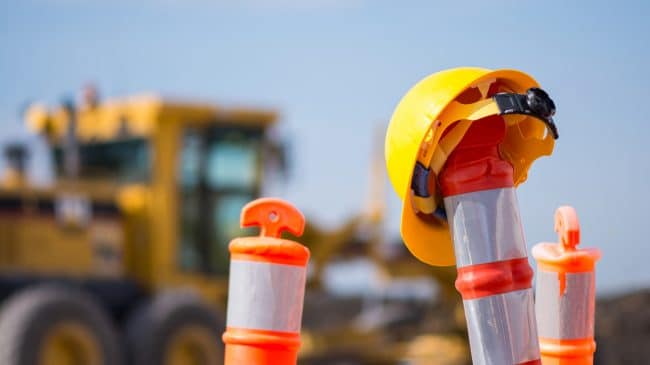In his State of the Union address, President Trump said he wants a $1.5 trillion push to improve the nation’s roads, bridges, and infrastructure. The next day the Trump administration released an outline of their infrastructure ideas, which contained some good and some bad news for California.
Trump still hasn’t provided substantive details on where the funding would come from, but there are significant federal policy changes between the status quo and what Trump has sketched out. For example, tolling would be allowed on all Interstate highways. The current gas tax does not generate the revenue needed in many areas and tolling is a good option to help rebuild the 50-year-old Interstate highway system, our country’s most valuable transportation resource. California has already shown an interest in tolling its jammed urban Interstate highways and the state would likely take advantage of this policy change.
The Transportation Infrastructure Finance and Innovation Act, which helps leverage private financing to fund for highways, would be expanded to airports, inland waterways, and seaports. TIFIA, which was used to finance the I-405 widening between Costa Mesa and Long Beach, is crucial to the construction of the types of large-scale transportation projects needed in Southern California and this expansion could be helpful across the region.
Additionally, the administration’s transportation framework would streamline federal requirements in hopes of reducing costs and speeding up the construction of projects.
The plan also includes common-sense changes to generate some revenue and improve the quality of travel. For example, it would allow the commercialization of rest areas on Interstates. On toll roads, such as the New Jersey Turnpike, drivers who want to stop for food or gas don’t have to exit the highway, they can pull into highway travel plazas. But on Interstates, rest areas can only provide restrooms. Trump’s proposal would allow Interstate rest areas to contract with private companies to sell food and gas, making traveling easier and providing an additional revenue stream to maintain highways.
In terms of money, incentive grants make up 50 percent of Trump’s total funding request, which is reportedly $200 billion. State and local governments would have to show they can come up with 80 percent of a project’s funding and then apply for the federal grants. States would prefer more federal funding but California has a robust state and local funding stream, including gas taxes, self-help counties, and a mileage-based user fee pilot program. If the state prioritizes the projects that would deliver the most benefits to commuters and taxpayers, it should be able to secure federal incentive grants.
Rural infrastructure would receive 25 percent of the funding under Trump’s plan. California has a number of rural areas that may benefit. Reconstructing rural portions of I-5, I-10, I-15, I-10 and SR 99 would be extremely beneficial to the state if they qualified for the program.
So-called “Transformative Projects” are 10 percent of the Trump plan and would reward innovative and risk-taking projects that are able to ‘secure financing through private sector due to the uniqueness of the program.’ Unfortunately, California lacks a public-private partnerships law and the current state employee union contracts make big, innovative projects difficult and costly, and thus unlikely.
The biggest problem with Trump’s transportation talk is the lack of specifics about funding. Officials have suggested $200 billion in federal funding, which they hope would spur $1.3 trillion in private sector investment. It is not clear, however, where Trump will even find the $200 billion. A Republican-controlled Congress seems unlikely to raise the federal gas tax, for example.
A lot more detail is needed, but the Trump administration’s transportation ideas would produce some good reforms and require state and local governments to focus resources on the projects that provide the biggest bang for taxpayers’ bucks.

